Anti-Communism with Chinese Characteristics
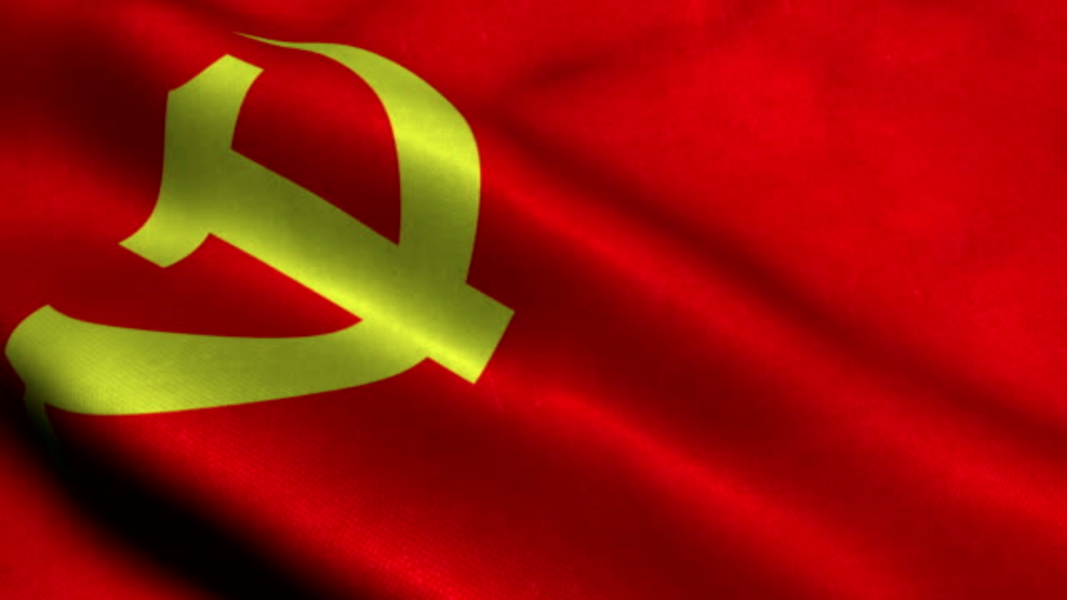
[Press] In the 2020 year-end dialogue , we analyzed the differences and similarities between China and the United States, especially the respective rebels on both sides, in order to find joint forces. One of the glaring obstacles is the Man in the High Castle - what we call the "paranoid faction" of both sides. This article by lausan gives a specific explanation as to why the paranoid approach cannot succeed.
In our year-end ceremony at the end of last year , we also mentioned that China and the United States are in a Cold War, not just competition. But this new Cold War is different from the previous Cold War in that it has never been able to enter the level of ideological confrontation because it really has not.
Beijing has always promoted nationalism rather than ideology. It claims to be "insulting China" rather than anti-communist, because Beijing itself is the biggest anti-communist. Emphasis on this issue has become urgent as the Western left's "paranoid" strategy of trying to use China as leverage is taking hold (one of the themes of a great debate within the left that lasted for several months early last year).
lausan's article has sorted out the basic context and hopes to help you understand our discussion of Sino-US relations and resistance struggles at the end of 2020 .
- If you missed " The Communist Party of China's Great Detour: The Birth of a Nation "

In recent years, a new generation of self-proclaimed Marxist-Leninists in the West have emerged, packaging themselves in the legacy of Mao Zedong and Stalin. They claim to be the heirs of the Communist Party of the Third International that dominated the communist movement in the 20th century. At the same time, at least in their minds, they regard themselves as the most powerful threat to the unipolar world order led by the United States. While the older generation of Marxists-Leninists focused on replacing capitalism—understood as the primary driver of imperialism— the new generation bases their political views on a largely illusory geopolitical landscape. . They even convinced themselves that any enemy of the United States was a "socialist utopia," even an anti-imperialist international force.
This has led to their support of the contemporary Chinese Communist Party as a model of “internationalism, socialism, and anti-imperialism” and “the last bulwark of 20th-century communism” against the expanding U.S. empire. What this generation of Marxists-Leninists overlook is China's role as an anti-communist force in East Asia during the late Cold War and its subsequent financing of the U.S. invasion of Afghanistan and Iraq.
China's transformation from the vanguard of the international communist movement to an important Cold War ally of the United States to a member of the World Economic Organization is crucial to understanding the structure and sustainment of the contemporary capitalist system . Lacking this perspective, potential leftists can only fumble around in a world constructed of half-understood slogans and images that died half a century ago, without being able to see clearly the capital and empire that constitute the American imperial system. real structure.

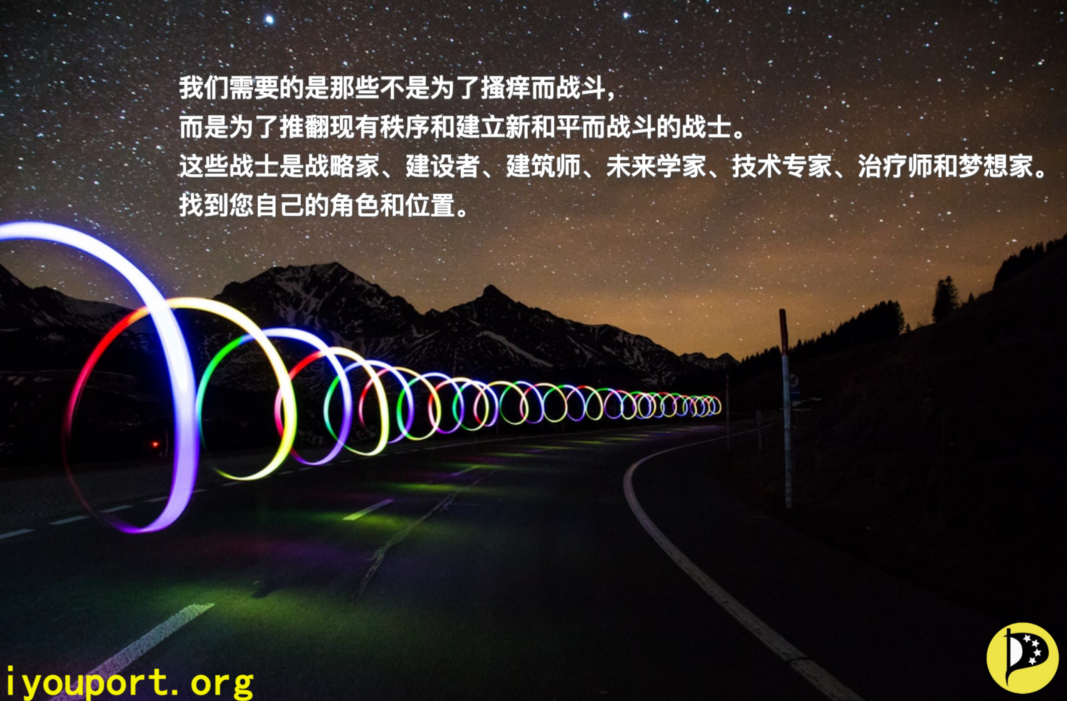
Relations between the United States and China have not always been cordial. Although American anti-communism was somewhat mitigated by the alliance with the Soviet Union in World War II, the Truman administration still supported Chiang Kai-shek and his Nationalist Party against the Chinese Communist Party in the Civil War. The "loss of China" brought about by the Chinese Communist Party's victory in the civil war is considered in the United States to be one of the main driving forces of McCarthyite anti-communism.
Immediately after the end of the civil war, China and the United States came to war because of the United States' intervention in North Korea. In this war that determined the fate of the peninsula, Chinese soldiers braved their own artillery fire and carried out hand-to-hand charges against American defensive positions. Just thirty years later, China, supported by the United States, invaded the newly socialist Vietnam, with the intention of defeating Soviet influence in East Asia. How can such dramatic geopolitical changes be explained? One answer is the dual crisis that the CCP faced in the late 1960s and early 1970s—the geopolitical crisis brought about by the conflict between China and the Soviet Union and the domestic production crisis it brought about. These conditions ran through most of “Socialist China.” period.
An important node in the dual crises that led China to change its political affiliation and join the American camp was the Soviet Union’s deindustrialization of the Northeast industrial belt. This industrial belt built in Manchuria during the Japanese colonial period was loaded and transported away by train by the Soviet Union, regardless of the opposition of the Chinese Communists, and used to rebuild the Soviet industrial base after World War II. The industrial base left to the new China was even less than that of Russia in 1917, creating a political and economic confrontation between China and the Soviet Union. At every step of China's journey from the backbone of communism to a key ally of the U.S. empire, competition between nominally "socialist" countries has only bolstered capitalism . The end product of these disastrous strategies is endless terror, from the plague of capitalism to concentration camps to the endless cycle of “famine and war” we face today.
What China’s complicity in these horrors can teach us is that anti-imperialism is a class struggle, not a war between states, and attempts to fight imperialism—the colossal product of capitalism—in the same way as imperialism. — is destined to fail. Understanding China’s role in the American empire should serve as a wake-up call to oppose all aspects of the capitalist world order.
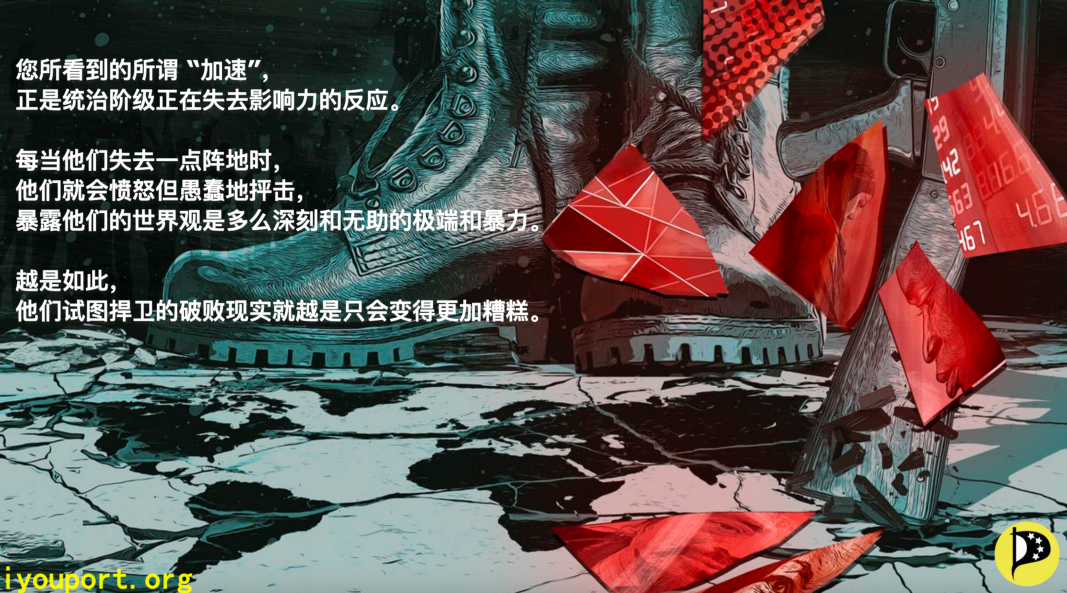
Sino-Soviet conflict
The relationship between the CCP and the Soviet Union was fragile from the beginning. The Soviet leadership of the Third International pushed the CCP into disastrous cooperation with the Kuomintang. The grievances between China and the Soviet Union were deepened by the Kuomintang's massacre of the Shanghai workers' uprising in 1927 and the de facto disintegration of the CCP's urban work. Relations between China and the Soviet Union reached a low point with Khrushchev's secret report and the Soviet Union's withdrawal of all experts due to the "Great Leap Forward".
The frozen Sino-Soviet relations further worsened the production bottlenecks caused by the severe damage to China's agriculture during World War II and the Civil War. To increase agricultural production, the CCP needs industrial muscle to modernize agriculture using technology such as tractors. But for industrial construction, the CCP needs to expand food supply to support more urban industrial populations. This creates bottlenecks that limit development. In 1958, the CCP decided to use farmers to break this bottleneck with brute force. The "Great Leap Forward" movement mobilized farmers from agricultural production and prioritized infrastructure construction. At the same time, it tried to fill the gap in workers by recruiting farmers. The result was a historic disaster. The ensuing famine killed millions, leaving the bottleneck unchanged and creating an urgent need to build an industrial base.
Sino-Soviet relations continued to deteriorate in the 1960s. In 1969, an armed conflict broke out between Chinese and Soviet troops on Zhenbao Island, which almost led to a full-scale war between the two countries. Troops from both sides were mobilized along the entire border. This border conflict finally led to a decisive break between China and the Soviet Union. Mao Zedong's solution to this idea was to negotiate with the United States to establish an anti-Soviet alliance and seek American technical assistance. These technology transfers are critical to China's future development . Most import substitution programs like those envisioned by Mao failed, as did Venezuela and the Andean Community in the 1970s, because multinational corporations were reluctant to sell countries the technology needed for domestic industries. The United States is different from them. It is willing to send the entire project equipment to China as technology transfer, but it asks for another price-China must betray the international communist movement.
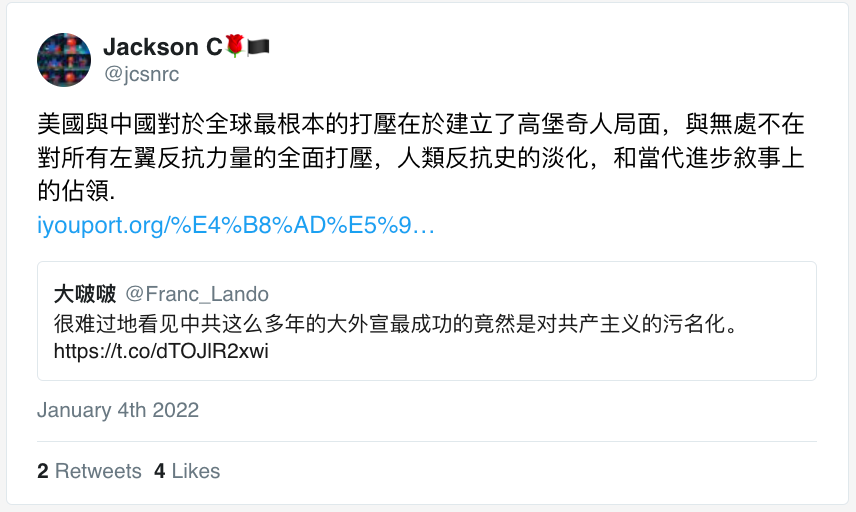
China’s turn to American-style capitalism
The first sign of China's betrayal was its active support for Pakistan during the 1971 Bangladesh genocide. By 1972, Mao's meeting with Nixon symbolized the completion of the anti-communist turn.
Since then, China has become a close ally of the United States and a pillar of anti-communism in East Asia and beyond. By the mid-1970s, China had provided interest-free loans to Pinochet and, together with South Africa and the United States, supported the National Union for the Total Independence of Angola (UNITA) against the Soviet and Cuban forces in Angola and various reactionary bourgeoisie The government established diplomatic relations, from the Marcos regime in the Philippines to Japan. Deng Xiaoping consolidated this alliance by invading Vietnam in 1979. The invasion of Vietnam was fought to protect the US-backed Khmer Rouge , a regime that Vietnam was trying to overthrow.
The CCP claimed to have annihilated 100,000 Vietnamese Communists during the war, which dealt a huge blow to the communist movement in East Asia. In fact, it ended East Asia’s status as the frontier of the Cold War, and then shifted the focus of the United States to Latin America and Africa to concoct tragedies and strengthen Europe. Facilitated anti-Soviet armaments and the suppression of native communist movements.
China's tilt toward the capitalist camp also solves another problem for the United States. In the crisis of the 1970s, falling profit rates created huge overcapacity in the manufacturing industry and unprofitable speculative capital. The crisis manifested itself in a series of debt bubbles that spread from Latin America to Japan. At this time, China's relatively well-educated but extremely poor population was integrated into the global economy as a labor force and market, allowing manufacturing to recover, enough for capitalism to weather the storm.
After that, China became a close ally of the United States and a pillar of anti-communism in East Asia and even beyond.
As a result, capital began to flow into China's manufacturing industry , and this process intensified after the East Asian bubble burst in the 1990s. With the emergence of container transportation, U.S. military supply routes that were once used to contain the threat of the Chinese Communist Party have been transformed into Chinese export channels to the United States. It was during this period that China's military alliance with the American empire fully transformed into an economic alliance. The American empire is built on debt : its financial and physical strength are closely linked. The U.S.'s deficit spending pays for the U.S. military, and the U.S. uses its military power to force other countries to purchase U.S. debt that has no due date for repayment, thereby extracting tribute from the world. It was through this arrangement—bond purchases at gunpoint—that the empire was maintained. Despite the confrontational posture of U.S. and Chinese officials (in order to gain support from the arms industry ), the United States is still unable to coerce China militarily because China possesses nuclear weapons and the largest military in the world.
This gives China a unique role in the American empire. Unlike other major U.S. debt-buying countries (Japan, South Korea, Germany), they are military protectors of the United States and therefore can be coerced by the United States to increase the value of their currencies. China subsidizes the U.S. war machine of its own volition. To be more precise, China finances the U.S. war in order to maintain the high value of the U.S. dollar relative to the yuan. This gives China a huge competitive advantage in manufacturing and is an important driving force for its rapid economic growth.
But the cost to the rest of the world was enormous; while China clearly did not force the United States to invade Iraq, it did finance the war . Along with U.S. protectorates in East Asia, China plugged the huge U.S. budget gap created by the combination of the Iraq War, Bush-era tax cuts, and the recession of the early 2000s, shoring up the ailing U.S. economy as it launched the Iraq war.
As the U.S. spends in Afghanistan and Iraq, China has stepped up its purchases of U.S. bonds. In fact, the CCP became an enthusiastic participant in the " new war on terror ", allied closely with Israel, purchased American counterinsurgency tactics and technology from the burgeoning trade, and eventually hired American mercenary Eric Prince ( Erik Prince) deployed in "Xinjiang".
- See more related content in our list-4 “Perpetrators: Who is helping China”
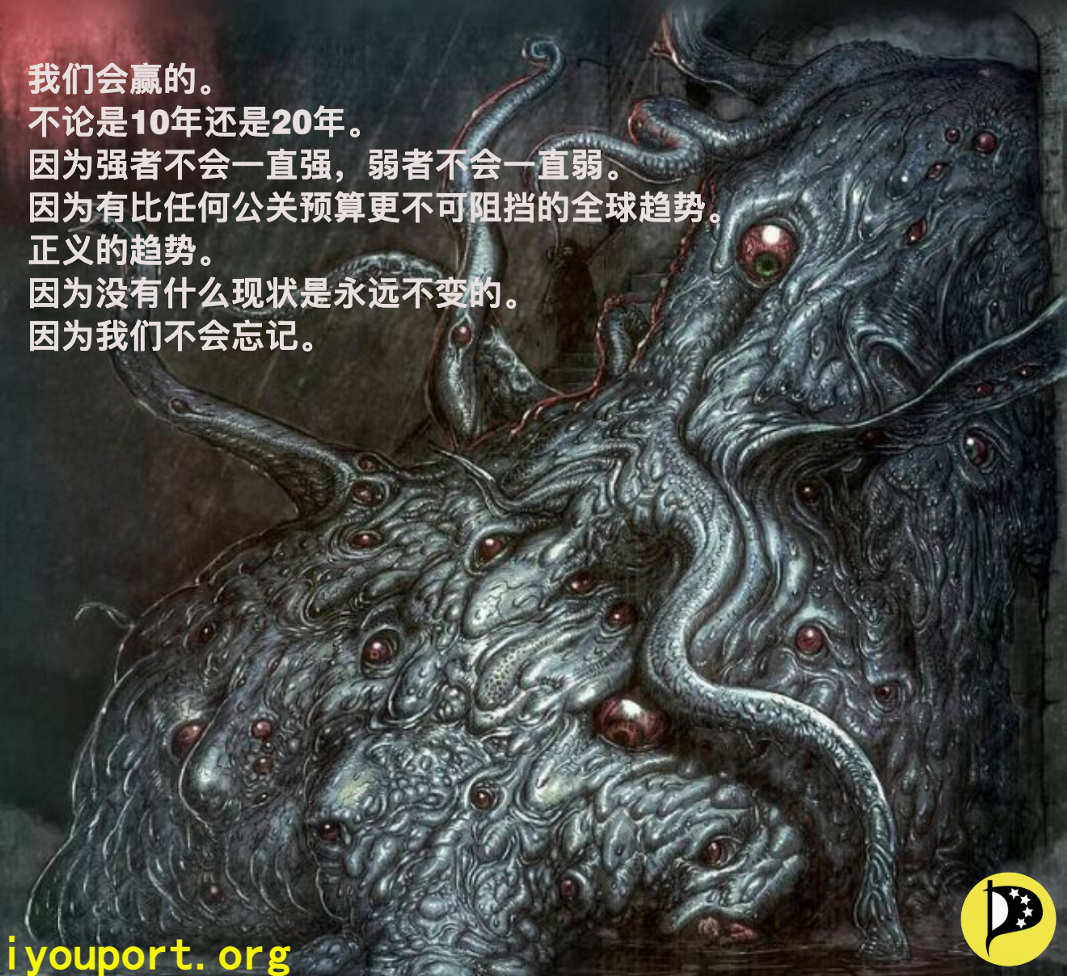
China is complicit in U.S. imperialism and is in part responsible for the rise of the U.S. empire. The CCP chose to side with capital in the Cold War, thus dooming the international communist movement, and it continues to fund the empire to this day. But it would be a mistake to simply say "both countries are terrible". Imperialism in its modern form is a product of capitalism. Capitalism is a world system, not just the product of individual countries; it is futile to replace one capitalist empire with another. Any form of state-centered anti-imperialist politics pits one face of capitalism against another and can only reproduce the very system it claims to be fighting: capitalism. Only by confronting the entire capitalist world system , whatever the color of its flag, can the nightmare of empire end . ⭕️
Anti-communism with Chinese characteristics
Like my work? Don't forget to support and clap, let me know that you are with me on the road of creation. Keep this enthusiasm together!

- Author
- More